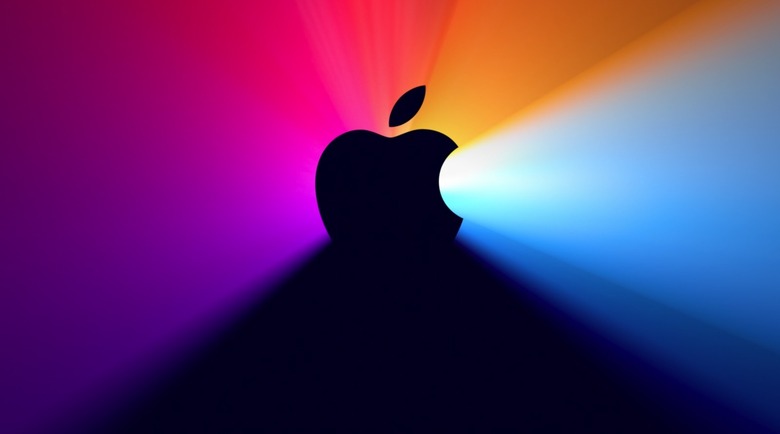Apple Just Patented This New Tech For Its Most Ambitious Product Ever
Apple this month was granted a patent for an intelligent interior lighting system that can adjust to the environment around it and various use-case scenarios. In effect, imagine something akin to a Philips Hue smart lighting setup in your car that dynamically adjusts itself without any user interaction.
The patent (via Patently Apple) is titled "System and method for adjustable lighting based on occupant and object identification in a vehicle" and details a scenario where a user drops an object onto the floor and sensors subsequently trigger the interior lighting system to illuminate the area where the object fell. Another somewhat intriguing use-case would have a reading light come on when sensors detect that a book or magazine is removed from a seat pocket.
One of the more novel and ambitious use-case scenarios highlighted by the patent would have spotlight lighting turn on if sensors detect that an occupant is falling asleep. Should Level 5 autonomous driving ever become common, Apple writes that this type of feature could be used to help wake up a driver upon reaching his or her destination.
The patent also describes how this type of system would be able to learn when certain lighting configurations are preferred depending on the location:
In some embodiments, lighting may be location based. As an example, in a location known to the vehicle, and where illumination has been previously requested, the vehicle may illuminate all zones within the vehicle. In addition, in a location known to the vehicle and previously associated with storage lighting or otherwise associated with storage lighting, the vehicle may illuminate a storage area of the vehicle. In contrast, in a location unknown to the vehicle, the vehicle may not illuminate a storage area of the vehicle.
In a similar vein, a smart lighting system could "learn" that a parent spends time every morning securing his or her child to a car seat in the back. In turn, the lighting system could "provide a soft spotlight onto the child seat in the rear zone of the vehicle" without any direct input from the parent.
All in all, Apple's patent has some interesting ideas that, while perhaps far-fetched, suggest that Apple is still looking for ways to change the way we think about driving. Amidst rumors that Apple is planning to enter the hyper-competitive automotive space, it's important to remember that Apple never enters a new market unless it feels it can offer something unique that competitors can't match. While Apple employed this strategy with unrivaled success in the computing space, the automotive market is decidedly more challenging given the range of sophisticated competitors like Porsche, Tesla, and BMW.
So while it remains to be seen if Apple does in fact enter the automotive space, it's worth noting that there have been a slew of rumors pointing to Apple looking to secure a manufacturing partner to assemble an Apple-designed car. While early rumors pointed to Apple inking a deal with companies like Hyundai and Kia, those talks reportedly didn't materialize into an agreement.
More recently, a rumor from Bloomberg relays that Apple is now considering a deal with Foxconn or Magna.
Apple is more likely to go with a contract manufacturer because that's the business model they're used to, said Eric Noble, president of consulting firm the CarLab. He thinks a partnership with an existing carmaker would be a power struggle because both companies are used to tightly controlling their supply chains.
This is why Foxconn and Magna are two primary contenders for Apple's business, according to industry insiders.
At this point, it's impossible to deny Apple's ongoing interest in the automotive space. Still, it's far too early in the game to say that an Apple-branded car will see the light of day anytime soon.
